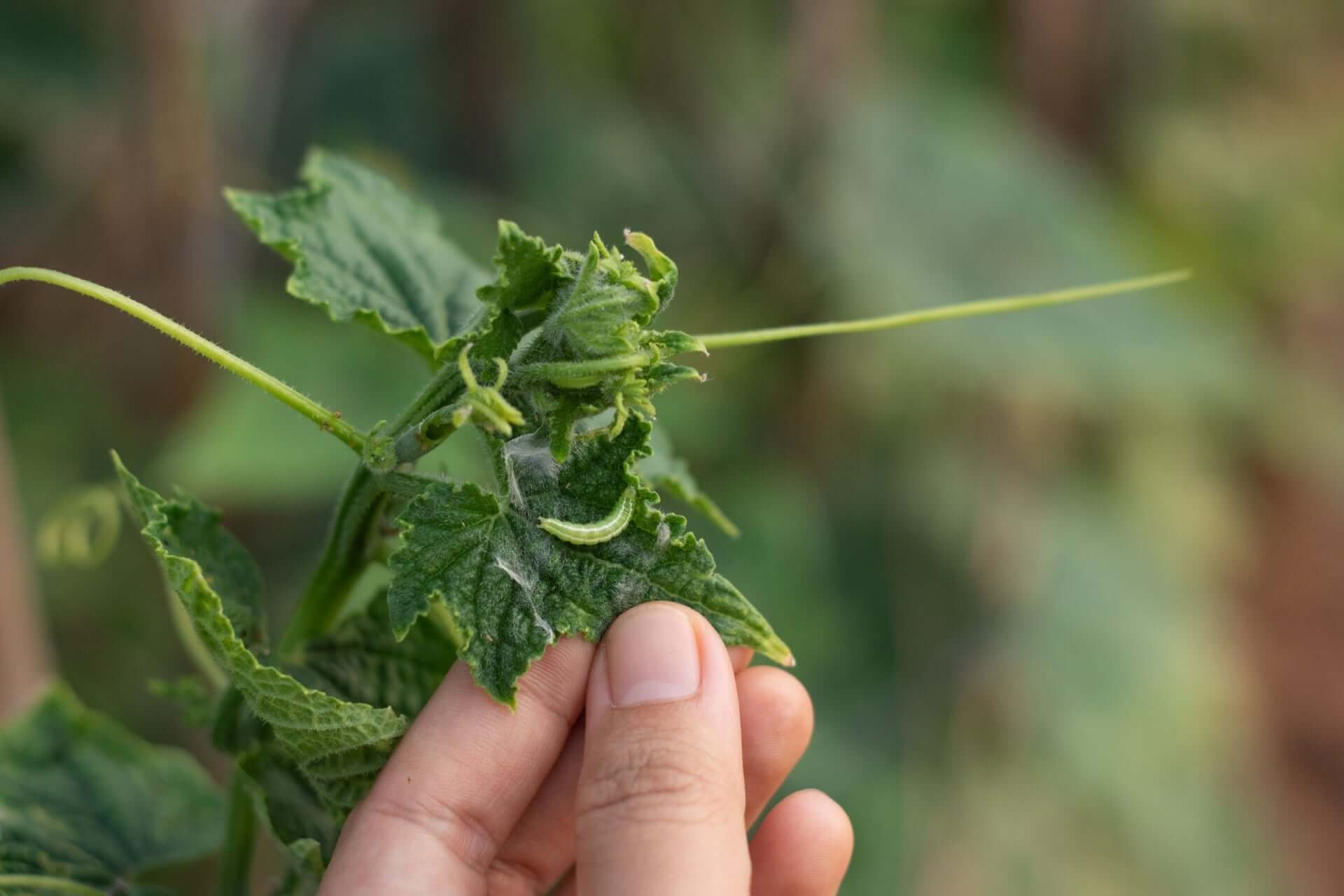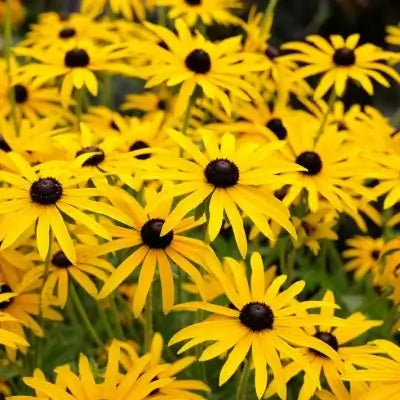Moss Improves Wetland Areas And Cleans The Environment
This small and unassuming plant has remarkable natural filtration properties, making it an excellent solution for cleaning wetland areas and purifying air and water. Wetlands play a critical role in our ecosystem, providing habitats for wildlife and filtering water. Human activities like land development and pollution often threaten these fragile ecosystems.
Thankfully, by incorporating moss into wetland restoration projects and environmental cleanup efforts, we can contribute to a more sustainable and resilient future for our planet.
Moss is a plant that doesn't have roots to anchor it into the ground. It grows in a mat of threads across damp surfaces. At the same time, it relies on the dispersion of its spores to reproduce itself.
Introduction To Mosses
Mosses came into being in the Permian era, 298.9 million to 251.9 million years ago. More than millions of the species of this plant are found in fossils: fossils of the Polegene and Noogene eras.
The Importance of Moss
Moss is a natural and effective solution for improving wetland areas and cleaning the environment. Moss plant grows in damp and shady areas with less light and wet soil, making them ideal for wetlands. Moss has unique characteristics that make it an excellent natural filter for water. It can absorb and retain large amounts of water, which helps to prevent flooding and erosion. Additionally, moss has a high surface area, which allows it to absorb and retain pollutants and excess nutrients from the water.
Moss as a Natural Filter
Moss is an excellent natural filter for water. It can absorb and retain pollutants and excess nutrients from the water, improving water quality in wetland areas. Moss can also absorb heavy metals and other toxic substances, making it a valuable tool in wetland restoration.
Moss for Erosion Control
Moss can help to prevent erosion in wetland areas by absorbing and retaining water. When moss is used in wetland restoration projects, it can help stabilize soil and avoid decay, creating a more stable and resilient ecosystem.
Moss as a Habitat
Moss is an integral part of wetland ecosystems, providing a habitat for many species. Moss is home to many small invertebrates and other organisms that are essential food sources for larger species. By incorporating moss into wetland restoration projects, we can create a more diverse and resilient ecosystem.
Why Wetlands are Important
Wetlands provide numerous benefits to wildlife and humans. They act as a natural filter fand or water, improving water quality and trapping pollutants. Wetlands are also crucial habitats for many species, including migratory billfish and amphibians. Human activity often threatens wetlands.
Moss and Environmental Cleaning
Moss is an excellent natural air purifier. It can absorb pollutants from the air, including nitrogen dioxide and particulate matter. Using moss in urban areas can help reduce the negative impacts of air pollution and improve air quality.
Moss for Water Purification
Moss is a natural and effective solution for water purification. It can absorb and retain pollutants and excess nutrients from the water, improving water quality in wetlands and urban areas. By using moss in water treatment facilities, we can create a more sustainable and cost-effective solution for water purification.
Moss for Noise Reduction
Moss is also an effective solution for reducing noise pollution. Moss can absorb sound waves, reducing the negative impacts of noise pollution in urban areas. By incorporating moss into green spaces and urban landscapes, we can create a more peaceful and sustainable environment for people and wildlife.
Moss Improves Wetland Areas and Cleans the Environment
Moss is a natural solution for improving wetland areas and cleaning the environment. It can absorb and retain water, pollutants, and excess nutrients, making it an essential tool for wetland restoration. Mosses can purify air and water, reducing noise pollution. We can create a sustainable ecosystem for wildlife and human populations.
Characteristics of Mosses
Moss has many characteristics that make it different from the rest of the plants. They have flat leaves, often one cell in width. Besides, unlike ordinary plants, they grow close to the ground in clumps or sheets.
Mosses differ from other bryophytes. Their rhizoids are multicellular, whereas other bryophytes have cingular rhizoids. Rhizoids can not be called true roots as they do not uptake water and nutrients internally. However, they help Mosses to be protected or lifted above the ground.
- Mosses are non-flowering plants that have a unique reproductive system.
- They have no true roots, stems, or leaves and grow close to the ground in an intertwined, often carpet-like mat. Mosses absorb moisture and nutrients directly from the air and surrounding environment and retain water in dry conditions.
- Common characteristics of mosses include a flattened, branched stem, small unisexual flowers, and spore capsules.
- Some mosses form a dense, lush carpet often used to cover shady, moist areas.
- They are found mainly on every continent and can survive in a cool or hot ecosystem or use sunlight for energy. They can grow in any environment, from cold, snowy mountains to hot deserts.
Other Benefits of Moss That Are Crucial
Mosses can provide many benefits to humans. Moss has several uses that are helpful to humans, such as producing peat moss, used as a fuel source, or as a compost ingredient.
They are a natural source of food, medicine, and even insulation. They can help prevent soil erosion, filter water, and provide habitats for other species.
They can also be used to make dyes, as a building material, and to cultivate mushrooms. Mosses are also known for their ability to absorb and store much carbon dioxide, making them an essential part of the global carbon cycle.
Facts About Mosses
Mosses are non-vascular plants, meaning they do not have a system of internal tubes for transporting water and nutrients like other plants. Mosses are found worldwide in various climates and are known for adapting to complex and unconventional ecosystems. Mosses help absorb atmospheric pollutants, reduce soil erosion, and provide food and shelter for small animals. Interesting facts about mosses include:
- Mosses are the earliest known terrestrial plants, first appearing over 400 million years ago.
- They have both male and female reproductive organs and can reproduce by both sexual and asexual means.
- It can be found growing in many different habitats, from moist forests to deserts.
- Mosses can survive prolonged periods of drought and even survive in temperatures below 0°F.
- They are a type of Bryophyte, which are the most primitive group of land plant.
Mosses are flowerless small plants found under the division Bryophyte, liverworts, and hornworts. They do not possess any vascular system like the xylem and phloem and mainly absorb water and nutrients through their leaves. They are primarily found in damp, shady locations such as mats or clumps on the forest floor.
Final Words
So, moss is pretty amazing? It does not seem like much, but this little plant has some serious powers for cleaning up our environment. Using moss in wetland restoration projects and environmental cleanup efforts can protect these vital ecosystems and ensure a brighter future for ourselves and the many species that rely on them. So next time you see some moss growing in a damp and shady area, take a moment to appreciate its incredible natural filtration powers!











































































































